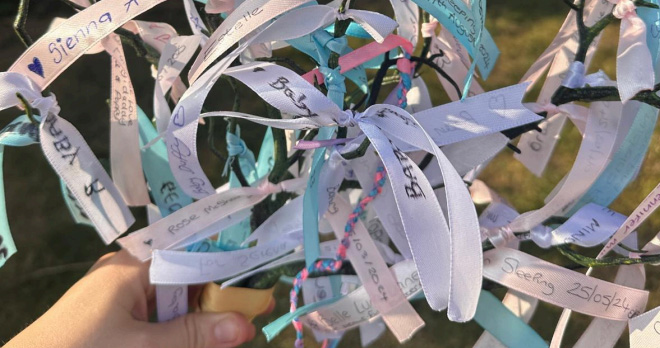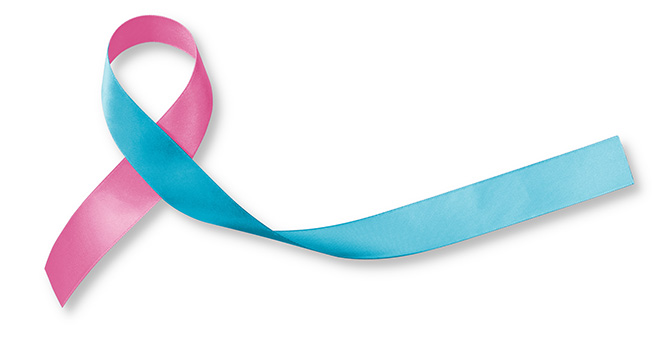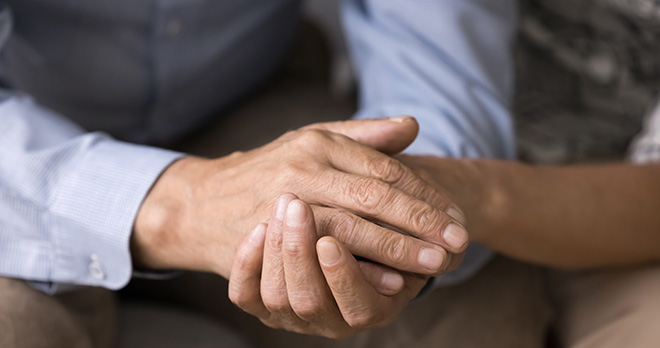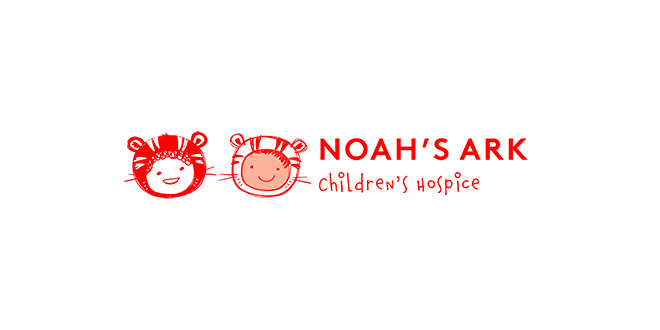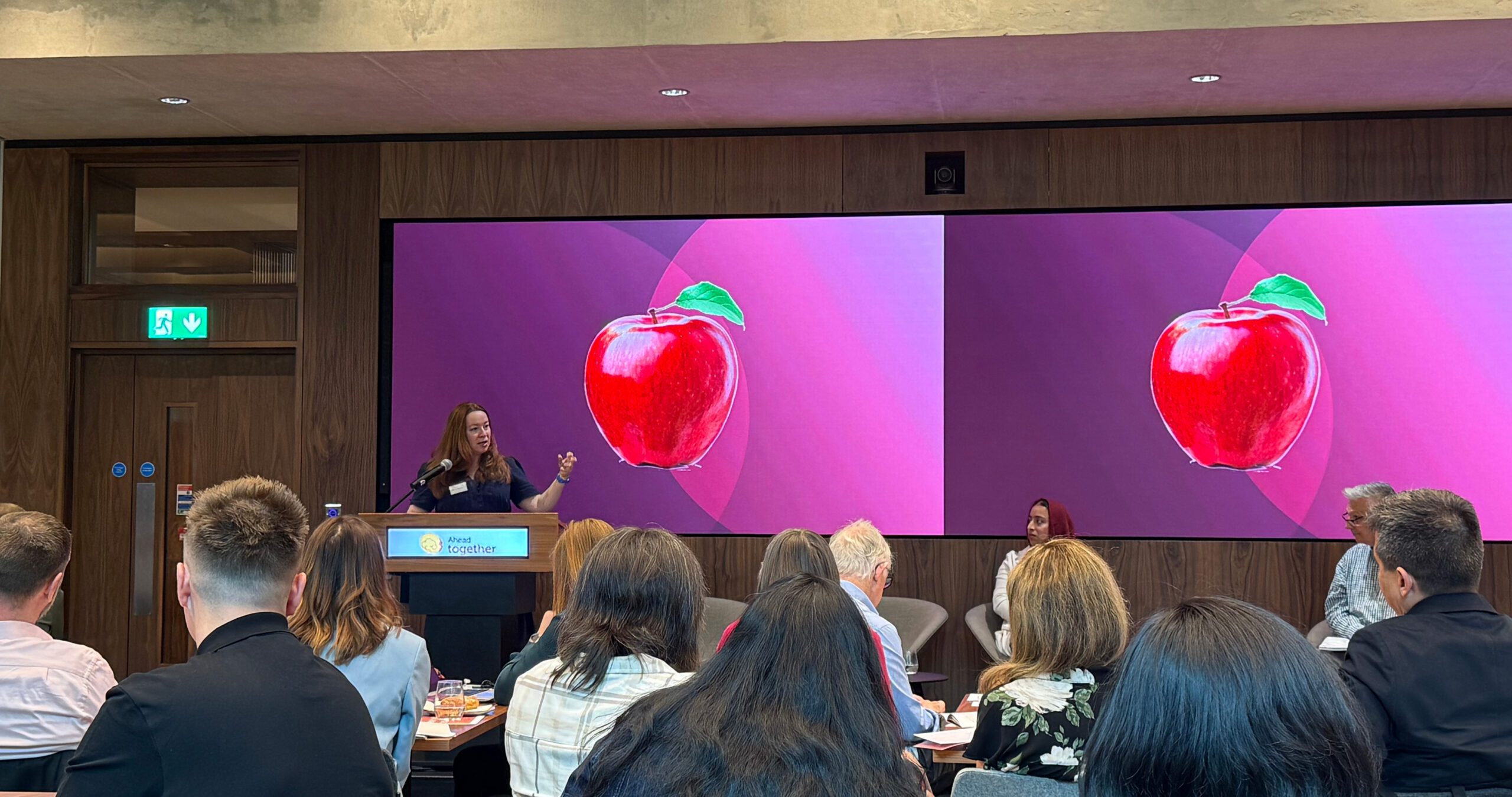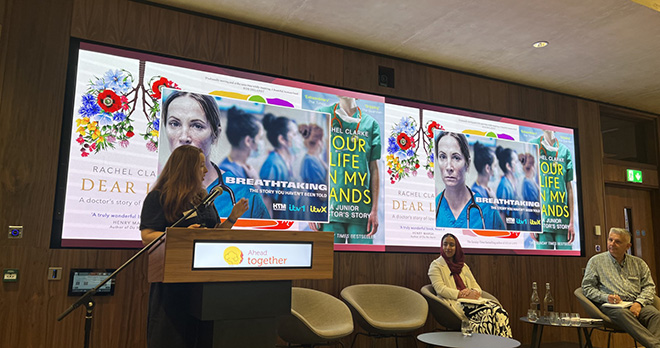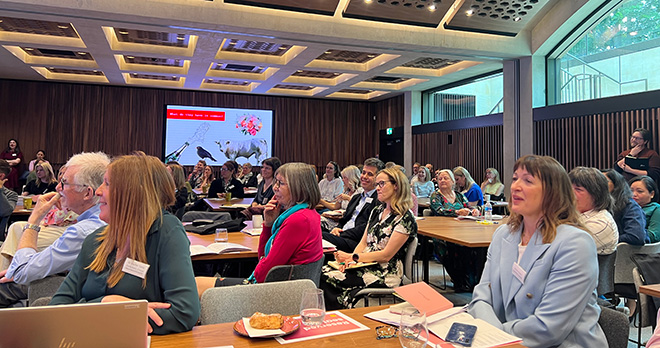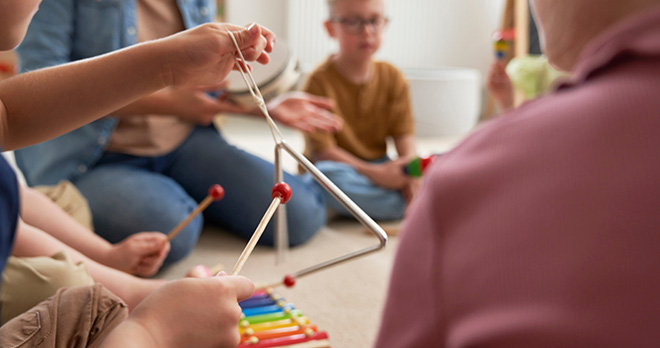A story of amputation
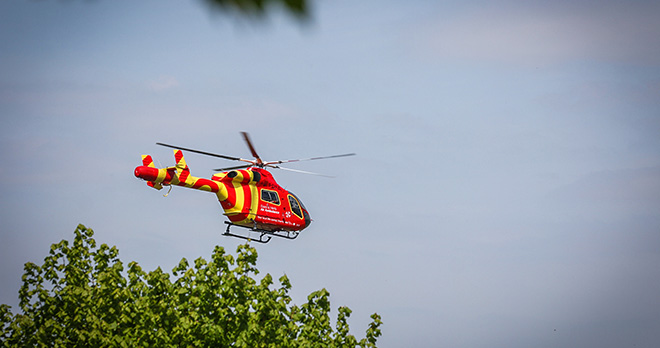
Karl Pott was on his way to visit the Blade Motorcycle showroom on his motorbike when another motorcycle collided with him. Louise Hart, a Partner in our Personal Injury team, shares Karl’s story to demonstrate the impact on his lifestyle and how the rehabilitation team that has been built has enabled him to return to most of his pre-accident activities.
Karl was travelling at about 60mph when an oncoming motorbike travelling at about 75mph hit him, after which the other motorcyclist failed to stop. Once he’d come to a controlled stop and contacted a friend, Karl could see that his toes were sticking out of his motorcycle boot and that there was coolant on his leg. Fortunately the Wiltshire Air Ambulance was able to airlift Karl to Southmead Hospital in Bristol.
Karl underwent several operations to the multiple fractures in his foot which were fixed with metalwork. Karl described how his big toe was amputated during the initial operation and he subsequently needed to have the rest of his toes amputated, with the exception of his little toe. It was then necessary for a skin flap to be taken from his left thigh and grafted to his right lower leg.
Karl said he was “delighted with the outstanding care” he received at Southmead Hospital, particularly from the Orthopaedic and Plastic Surgeons. Karl was discharged home into the care of his wife, Elena, 11 days after the accident.
The start of rehabilitation
Karl instructed Louise to undertake his personal injury claim, at which point Louise persuaded the Defendant’s insurers to jointly instruct Breakthrough Case Management under the terms of the Rehabilitation Code.
Case Management:
Karl was visited by Lynsay Mills of Breakthrough Case Management who built a team of therapists around Karl to treat his injuries and help meet his goals. Karl’s said his goals were to return to driving, walk his three Jack Russells and be able to return to work and socially meaningful activities including cycling, target shooting, motorcycling and caravanning.
Lynsay commented: “It is important to me, as both a case manager and physiotherapist, to look at the client’s whole life and get a good understanding of the various aspects of life that are important to them. There is not a one size fits all approach to rehabilitation and the end goal for each client will depend on their previous occupation, family life, hobbies and interests.
When I met Mr Pott, I realised that being able to walk his dogs with his wife was a particularly important part of his life. His wife told me that she found it hard to enjoy the dog walks without him and that it would mean alot to be able to go for the long, country walks together again. I was keen to explore ways to make this happen - from review and further surgery with a plastic surgeon, to discussions with the physiotherapist to identify the best orthotic/prosthetic options for the client and researching footwear that might allow the client to wear off the shelf shoes. Blatchford have suggested both insoles and a Momentum orthotic brace that will hopefully allow Mr Pott to join his wife for dog walks with reduced discomfort in his foot.
We were fortunate that the insurance company were supportive of the plans and suggestions and agreed to fund the ongoing rehabilitation plan proposed.”
Physiotherapy:
Specialist physiotherapy from Alison Fedeli was the first intervention, she focussed on scar management, gait re-education, range of movement in his joints, and balance work, whilst supporting Karl with his return to his previous leisure activities.
Physiotherapy helped reduce pain caused by the injury and during post operative care. Keeping mobile with crutches, on one leg, was not easy. Stretches and exercises helped to reduce shoulder and neck pain while his foot was healing.
Alison also gave Karl guidance on orthotic and prosthetic management to optimise his long-term foot health. Karl and Alison worked with a Personal Trainer who supported Karl with sessions focussed on core strength, exercise tolerance and fitness at home and in the gym.
Occupational therapy:
Karl also received specialist input from an Occupational Therapist who assessed his workstation and gave advice on appropriate seating and desk provision, giving further guidance on fatigue management and pacing. Karl was provided with an alternative desk, office chair and footstool, which improved his tolerance of sitting at a desk. Karl said: “I managed to gradually build up my hours and return to work full time”.
Rehabilitation:
During the healing process Karl worked hard to regain his normal walking pattern and to protect his left leg from overuse. On longer walks with his dogs, he continued to have pain when walking and began to introduce a compensatory style of walking.
Under the terms of the Rehabilitation Code, the Defendant’s insurers also agreed to fund private surgery for Karl involving an aggressive debulking of his skin flap on his lower limb and removal of some of the bone at the base of his big toe, which was causing skin breakdown. Left unchecked, without surgery and gait re-education, this pain and gait issues would have limited his walking distance and would probably have contributed to muscle and joint issues in the future. Following the surgery, Karl’s symptoms improved, as did his gait.
The Defendant’s insurers also agreed to fund an orthotic assessment with the Blatchford Clinic who have recommended carbon insoles and a rocker sole for Karl’s shoes for low activity days and a carbon fibre offloading brace for high activity days.
Orthotic assessment, including fitting and wearing of splints, is a gradual process which involves specialist casting, engineering and training to adapt to orthotic support.
Karl commented that “I really appreciate the rehabilitation which was funded by the Defendant’s insurers. I would be in a very different position if I did not have a team of specialists working together to get the best results possible.”
Karl has been on a very long journey in terms of his recovery. Once he overcame one problem, another problem often started. The solutions to the problems were not always what Karl expected. When his knee become problematic, Karl assumed that he should rest it but in fact he was advised to exercise it, which resolved the problem. Karl’s progress and posture were closely monitored, and his exercise programme adapted as his body healed.
Adapting to a new life
Karl used to really enjoy motorcycling and had toured over much of Europe with his wife, Elena. Since the accident though, Karl has sold his touring bike because he does not feel able to manage the weight of a heavier bike with a passenger and luggage. He still has his sportier bike which he rides solo in better weather and Karl is having specialist motorbike and hiking shoes provided by Altberg to accommodate his injury and offer sufficient protection.
Before the accident, Karl often cycled 50-60 miles and on occasions 120 miles in a day. Since the accident, he has only been able to cycle short distances as his foot has been uncomfortable on the pedal and he felt insecure without being clipped into the pedals. Karl has now had an initial assessment with Torke Bike Fitting and been provided with a customised shoe which has improved his comfort when riding his bike.
Karl enjoyed going caravanning 5 or 6 times a year and enjoyed walking up to 15 miles on occasions. Karl is delighted that he has been able to return to caravanning, although his walks with his wife Elena and the dogs are now limited, but distances are increasing with the more comfortable Altberg boots. He still needs to rely heavily on Elena to set up and load the caravan. Although there is nothing that Karl cannot do, tasks take him longer now and he finds it difficult to set up the caravan awning.
Before the accident, Karl also enjoyed clay pigeon target shooting. He commented that: “I am a member of a small club in Marlborough and went to many hunter field target competitions in the South of the country. I’ve been able to return to clay pigeon shooting but I’m unable to shoot some of my air rifles because the air rifle competitions involve more walking and kneeling, which continue to cause me issues. I hope that once I am fully using the carbon fibre brace and the new Altberg boots I will be able to participate in competitions.”
Karl provided further comment and said: “When I think about the help that I have had from all of the team, I can’t help thinking that if I had this accident and did not have all of the help, I would be in a very different place with not nearly the same outcome”.
The emotional impact
Karl’s wife Elena explained to Louise that: “Emotionally it has been difficult to see Karl go through this. Nobody wants to see a loved one go through something like this. I have seen changes. Karl gets frustrated when he tries to do things which used to be fine but he now struggles with them and gets frustrated. He gets quite emotional thinking about the air ambulance. We have driven past the scene. That does not bother Karl. I think about it more than Karl does when we pass the scene of the accident but Karl has different triggers that cause him to get emotional such as when he thinks about Wiltshire Air Ambulance and when he was told that they could save his leg”.
The Wiltshire Air Ambulance
Karl is very grateful to Wiltshire Air Ambulance and is aware that this service is provided by a charity. Wiltshire Air Ambulance have confirmed the delivery cost of the service which they gave Karl and this will be included within Karl’s claim and refunded to Wiltshire Air Ambulance upon settlement of his claim, this was really important emotionally for Karl in order to fulfil his gratitude towards them.
Read more insights into amputation
View more articles related to Amputation and Team Around the Client
